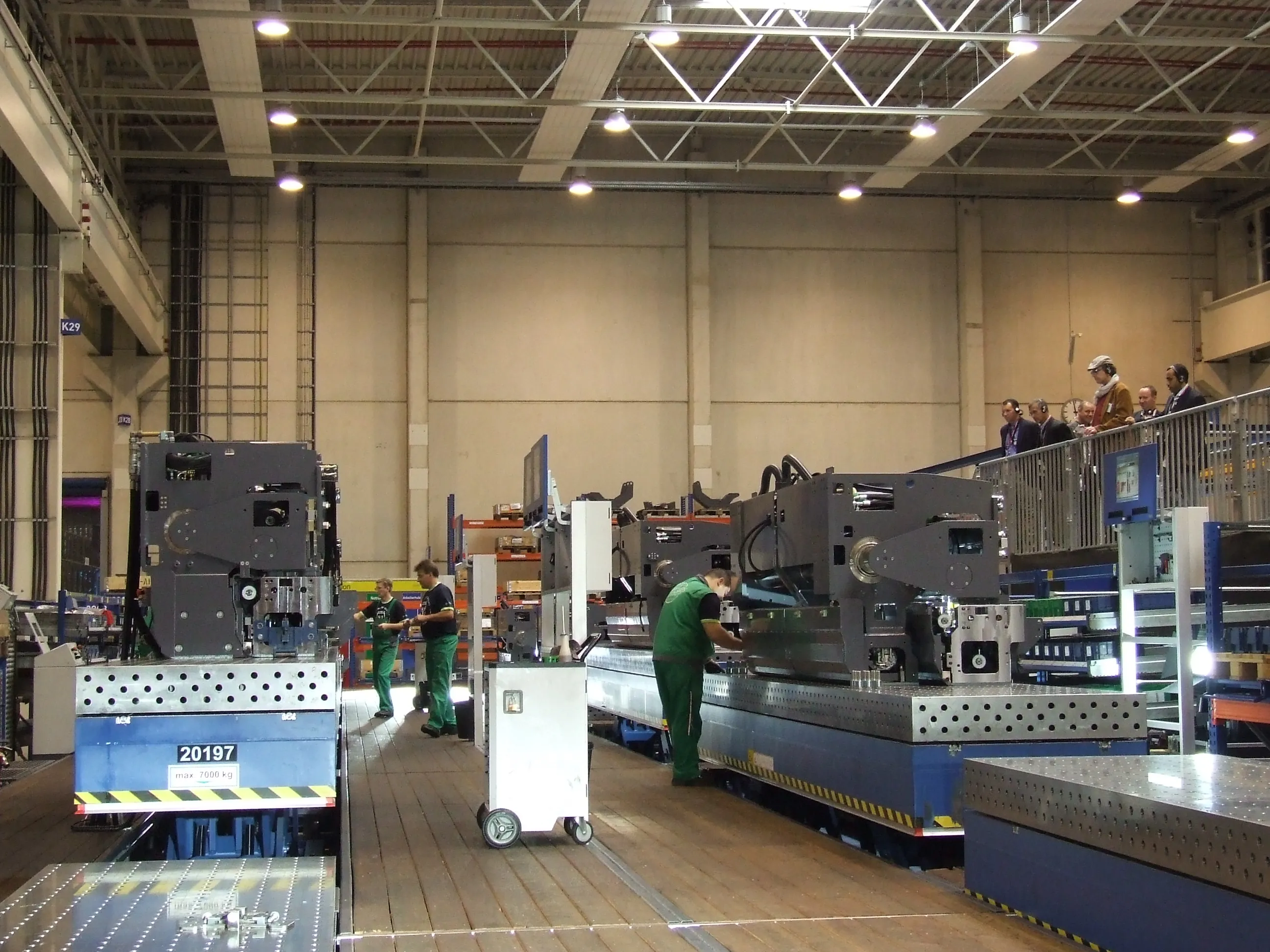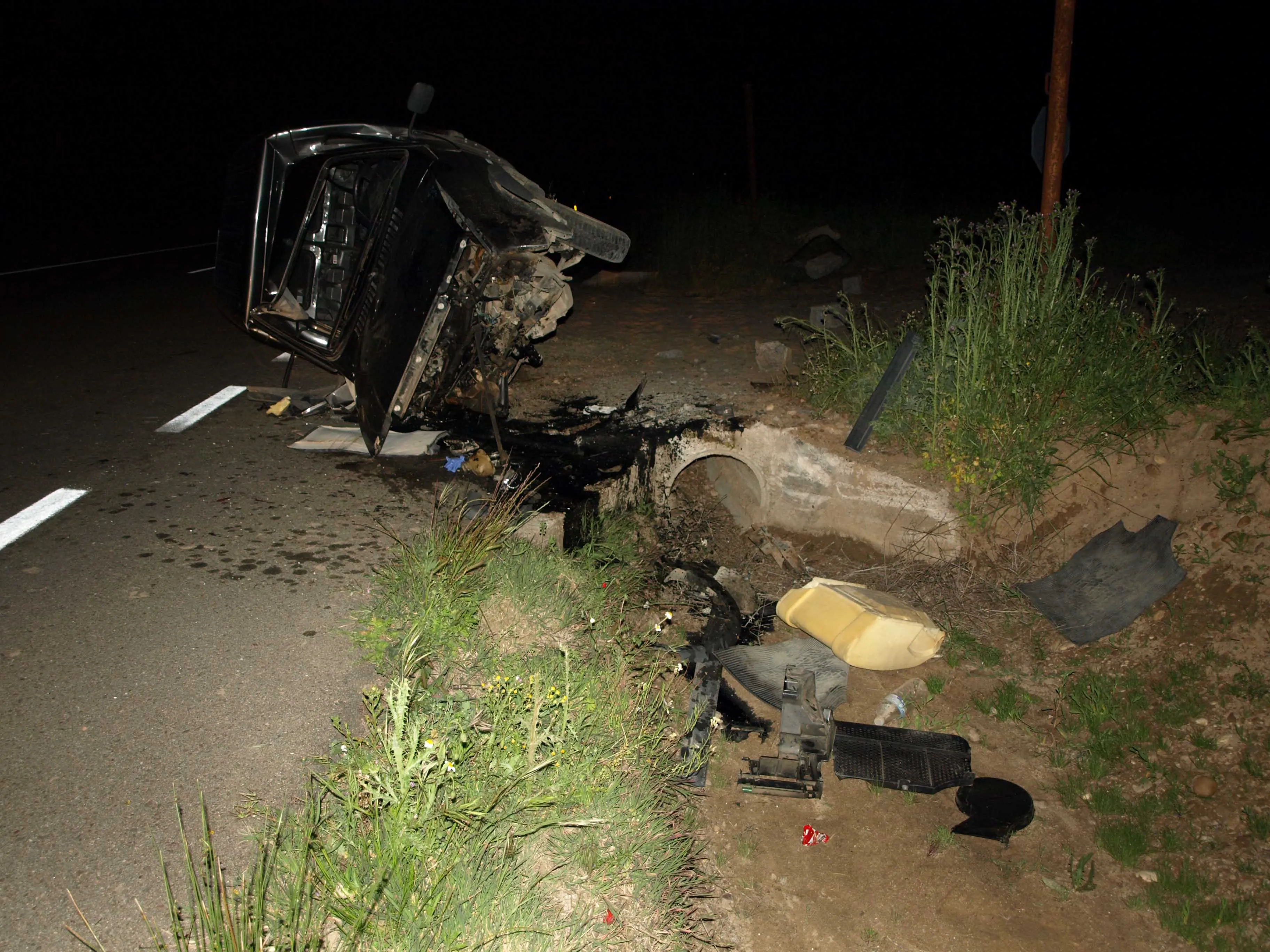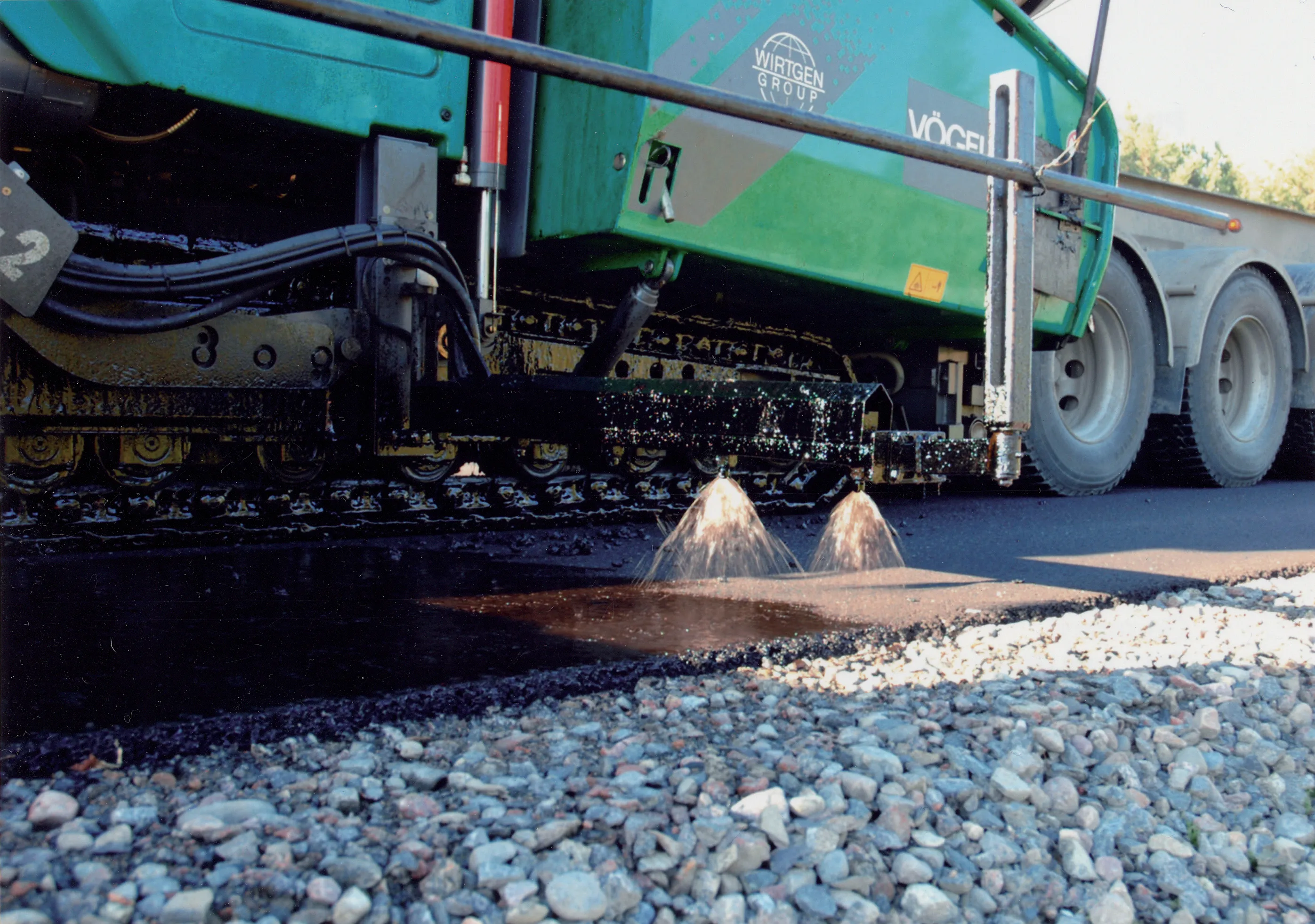Estonia’s worrying road safety issue is causing concern.
By MJ Woof
November 2, 2020
Read time: 1 min

Newly released traffic data from Estonia shows a serious cause for concern. The number of crashes involving wild animals in the roadway has increased.
There have been more than 6,000 crashes involving wild animals in Estonia in the past two years. This compares poorly with data prior to 2015, when there were around 2,000-2,500 crashes involving wild animals/year.
According to the report, part of the problem is that existing highway fencing intended to prevent animals from reaching the roadway are not proving effective. Some have been holed, while others are too low and allow animals to jump over them.
New animal crossings are seen as the solution to the problem, although this will likely come at a cost.









